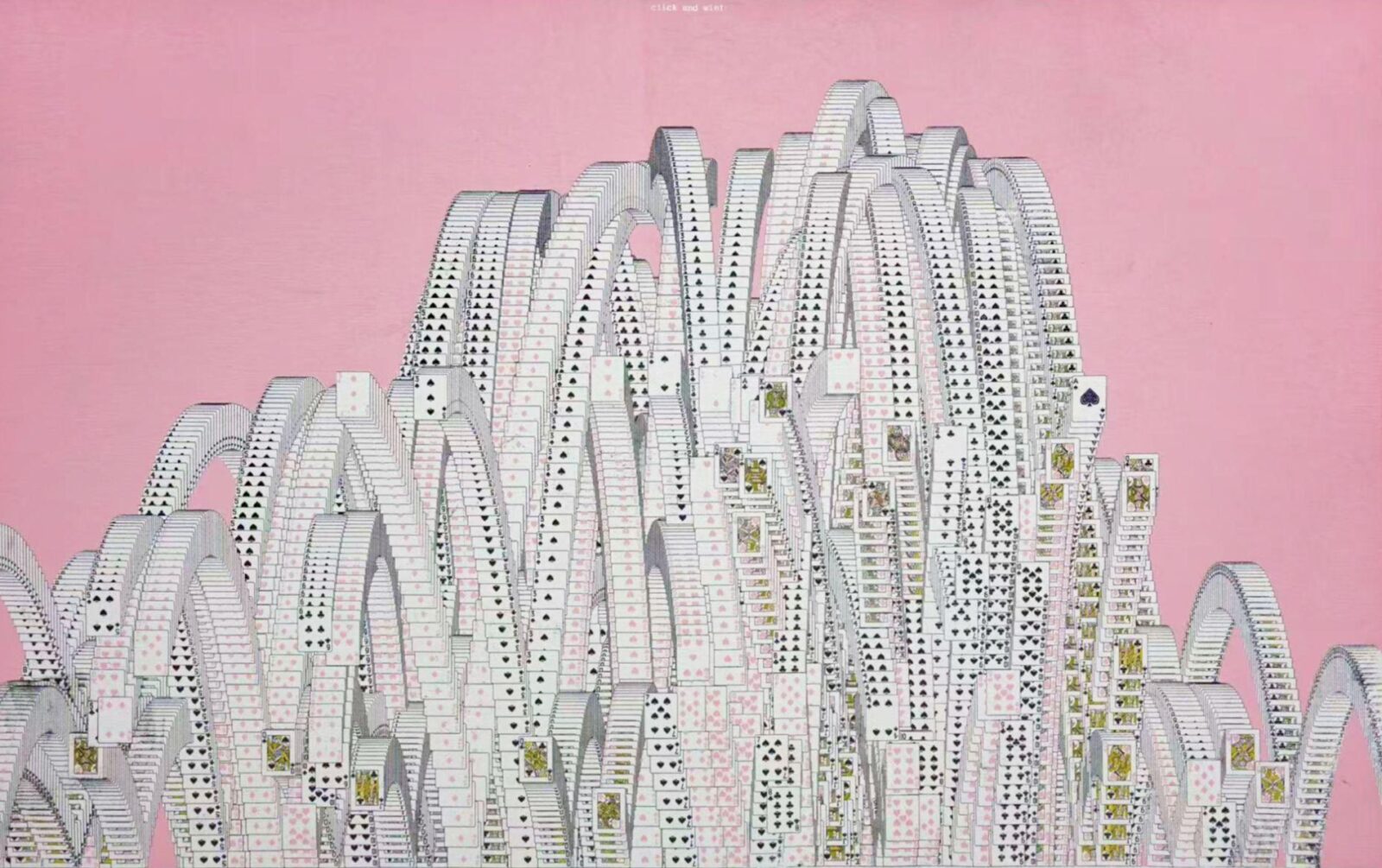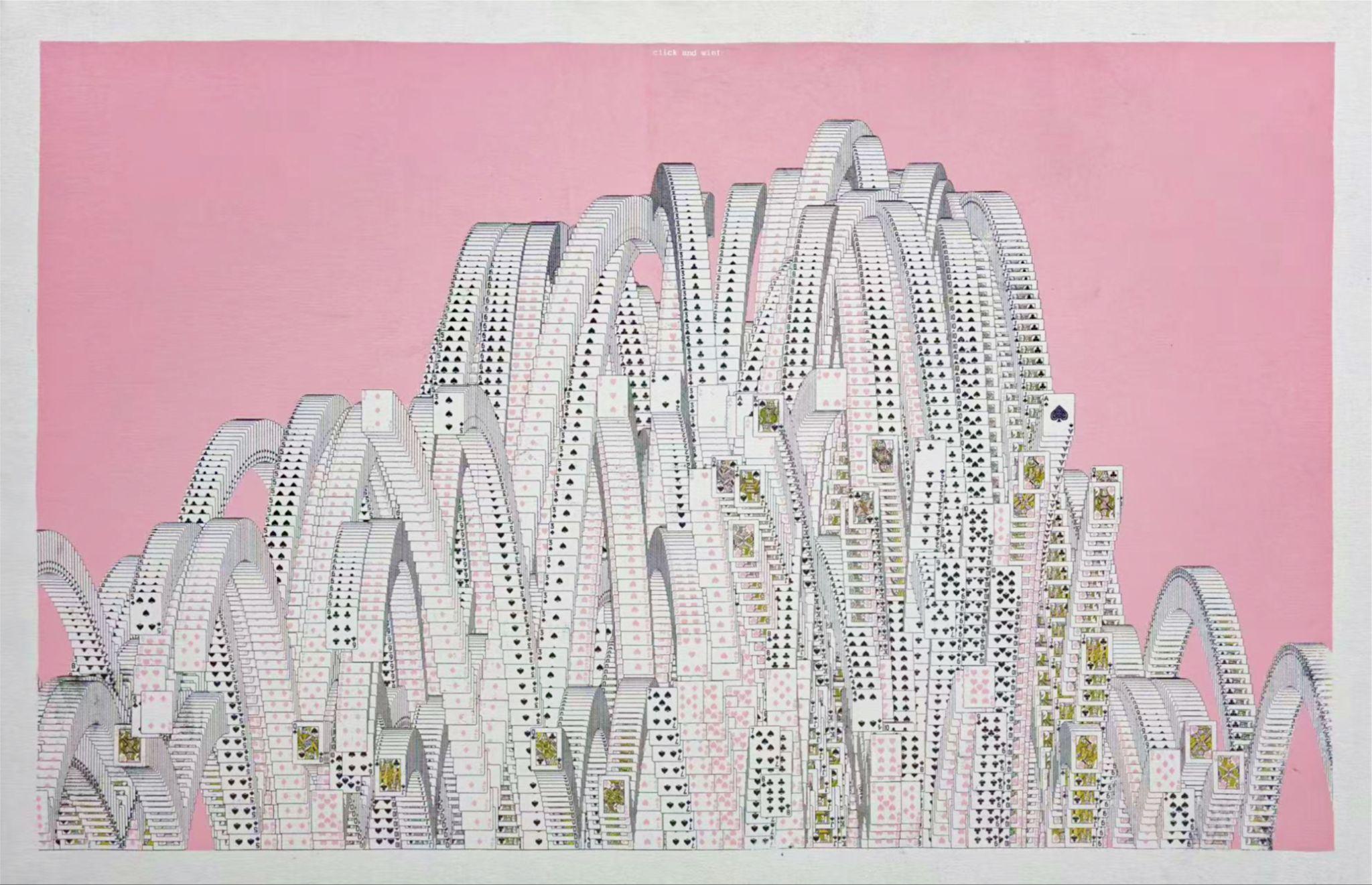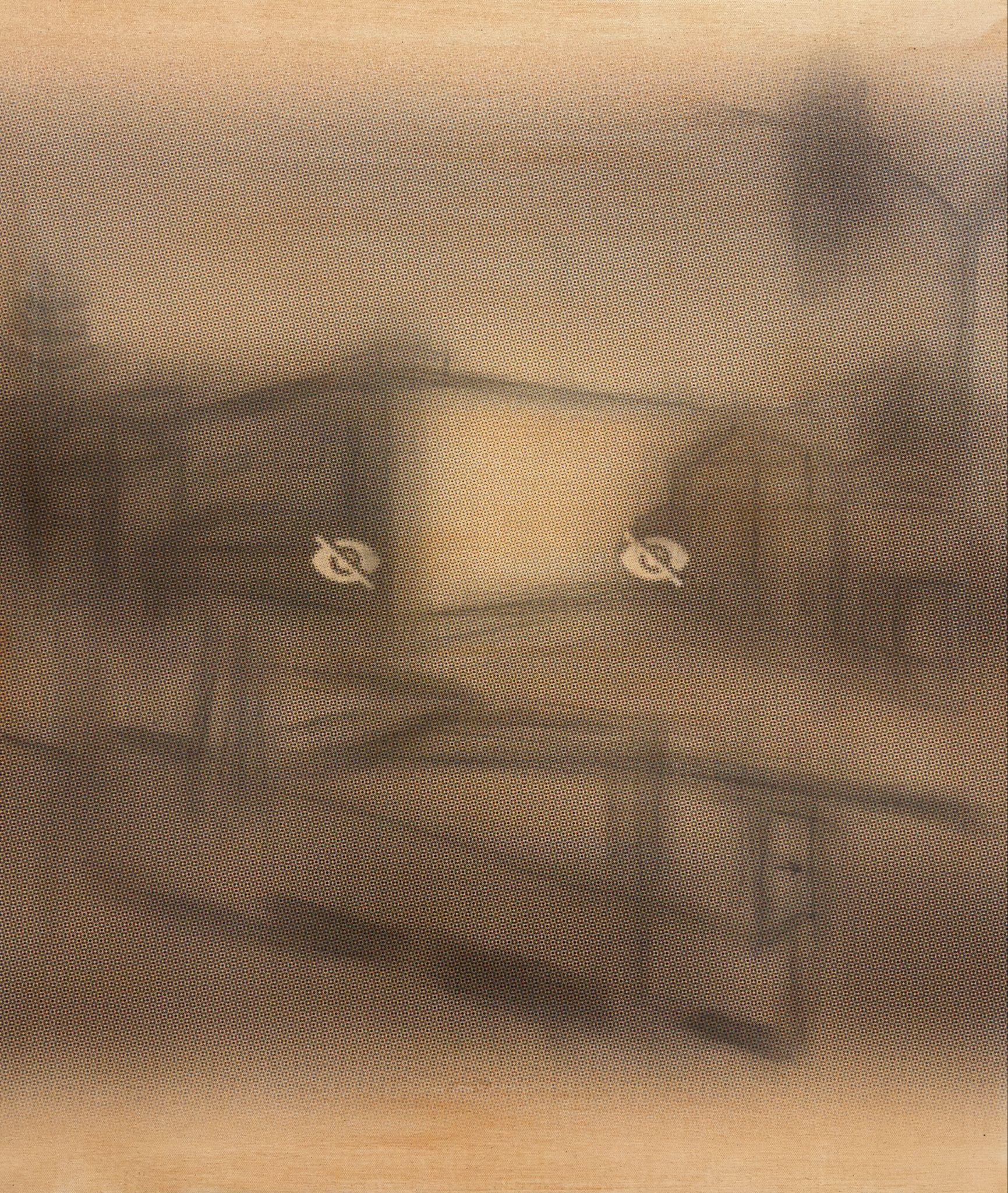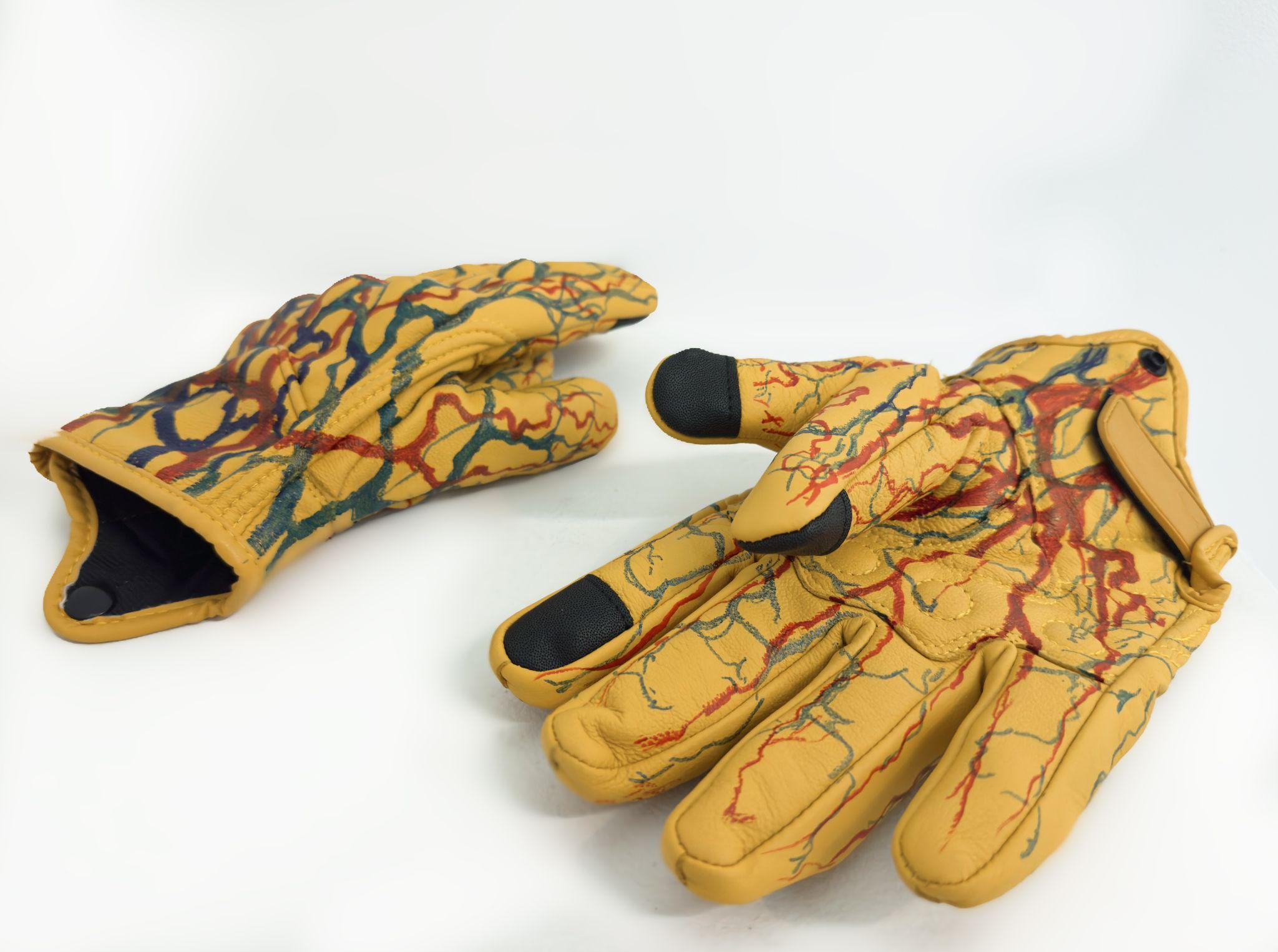CAPTCHA-22 Quan Wenfei’s Cyber Excavation


Quan Wenfei’s solo exhibition Internet Archaeology, curated by Phil Z. Cai at Eli Klein Gallery, explores the nature of humans’ relationship to technology from the retro card games of the 1990s to the ubiquitous CAPTCHAs of today’s digital world. The title of the exhibition is derived from Quan’s own artistic practice, which is grounded in her personal experiences and online encounters, and her desire to archive a single transient moment amidst the never-ending onslaught of images that we encounter in cyberspace.
Drawing upon the aesthetics of Microsoft’s Solitaire game, Quan’s Click and Win! print series features mesmerizing freeze-frames of cascading cards which greets victorious players once they make the winning move. Originally conceived by Microsoft as a way to “soothe people intimidated by the operating system,” Solitaire quickly became a useful tool in helping users familiarize themselves with graphical user interfaces and the drag-and-drop mouse technique. However, in Quan’s quest to excavate the origins of contemporary digital culture, Click and Win! reminds us that the nostalgic victory screen is also considered a prototypical element that would soon become popular in dopamine-driven games such as Candy Crush or Bubble Shooter that we now play on our phones. Although these mobile games are visually stimulating and an undeniably entertaining way to pass the time during a long subway commute, the phrase Click and Win! suddenly rings as darkly sardonic — we have successfully solved a level, but what next? None of us are ever going to reclaim the time we spent hunched over our phones, obsessively matching sugary-hued tiles while ignoring the world outside of our screens. If we’re not careful, hours of our lives can easily be siphoned away in pursuit of the hollow victories epitomized by Click and Win!’s hypnotic deluge of cards.

In today’s internet landscape, it is as easy to assume another identity as it is to reproduce an image, but it is even easier for data brokers and conglomerates to track your habits and preferences to construct a profile based on your activity. We are currently in a stage of the internet which has abandoned the myth of cyberspace as a utopian meeting place of the minds, and has now veered into the path of obnoxious pop-up ads, deepfakes, and the lingering suspicion that half of the accounts we encounter online might just be bots posing as humans. Quan’s Tetris Remix sculptures further call online collectivity into question. The two pieces are nearly identical, with interlocking tetromino blocks forming a heart-shaped whole, yet Quan keeps the silver Tetris Remix 1 intact while breaking apart the lavender Tetris Remix 2. According to Quan, these two sculptures mimic the gameplay within Tetris: disparate individuals (tetrominoes) come together to form a collective (horizontal line of blocks), yet once total homogenization is achieved (there are no gaps in between each block), this community disappears (the line is cleared) and a new one will soon take its place.

The relationship between time and the internet is also examined in the CAPTCHA series, which humorously encapsulates the tension between the lightning-fast reproducibility of images on the internet and the slow precision of Quan’s printmaking process. Quan takes the low-resolution images found in CAPTCHAs (Completely Automated Public Turing test for telling Computers and Humans Apart), and recreates them through labor-intensive techniques such as painting, drawing, and silkscreen printing. The resulting image resembles a hazy, dreamlike sketch imbued with the touch of a human hand, rather than a forgettable and anonymous picture among the millions that we see through our screens. The slow nature of Quan’s artistic practice mimics one of the most amusing principles behind CAPTCHA tests: a user isn’t identified as a human based on their accuracy in answering the questions, but instead in the moment’s hesitation between reading and comprehending the prompt, followed by the wobbly and inconsistent movement of their mouse.

Curatorially, Zai made a clever choice to mount CAPTCHA 1 in the corner of the gallery, so that its unblinking eyes greet visitors as they enter the room, echoing the prevalence of security cameras in today’s surveillance state. CAPTCHA 1 gazes down upon a self-typing keyboard repeatedly declaring, “I Am Not A Robot,” which doubles as the sculpture’s title and as a response to the CAPTCHA. However, there are clearly no humans typing on this keyboard, forcing us to question the validity of its statement. The only trace of human interaction is found in the opposite corner, in which a pair of six-fingered leather gloves decorated with blue and red vein-like markings hang from the ceiling. This physical layout forms a triangulation between the question posed by CAPTCHA 1, the response falling on deaf ears (and unseeing eyes) by I Am Not A Robot, and the mysterious identity of the person whom the Duodecimal gloves belong to. Are they the programmer who installed the CAPTCHA, the user attempting to verify their own humanity to a robot, or someone else entirely?
There is no telling where the internet will go from here, whether lawmakers will enact regulations to make our online experiences better and protect our privacy rights, or if big tech companies will continue to mine us for data to train their own AI models while privatizing the internet in the hopes of making more profit. At the very least, like any good archaeologist, Quan Wenfei has managed to capture this moment in history, hopefully offering a guiding light to future historians who may be wondering what the state of the internet was in 2025.
Internet Archaeology with Quan Wenfei and curated by Phil Z. Cai at ELI KLEIN GALLERY, 398 West Street, New York, NY 10014 is on view September 13 – November 29, 2025.
You Might Also Like
QWERTY, Flirty, and Crying: Four Internet Artists Take on Reality
Empathetic Suspense and Release in Lisa Tan’s “Dodge and Burn”
What's Your Reaction?
Colleen Dalusong is a curator and writer based in New York City. She is the co-founder of Fruitality Magazine, and has curated exhibits at Think!Chinatown. She will be pursuing her MA in Curatorial Practice at the School of Visual Arts beginning in Fall 2025.

